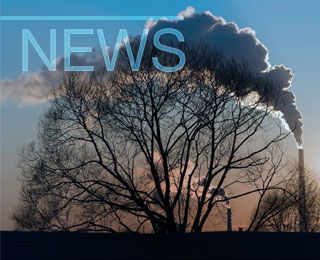Asia’s cement producers are contributing in global climate regulation by replacing coal with rice husks that would otherwise be incinerated and dumped in landfills.
While rice husks do release carbon dioxide into the atmosphere, supporters say that sulphur emissions are around one-fifth of coal and lignite. Moreover, rice mills were burning the husks anyway, so net carbon dioxide emissions are predicted to fall as a result of the switch.
In addition to the fuel advantages, the ash of the husks is mixed in with the cement and forms thus part of the raw material mix.
One company who has pioneered the use is Thailand’s Siam City Cement. The company stated that its 15m baht investment over three years on waste handling equipment is now saving Siam City Cement 240m baht annually, two per cent of last year’s operating costs. Rice husks and palm kernel residues now account for five per cent of the company’s energy needs.
Promising a savings of millions of dollars annually, other rice producers – including China, Sri Lanka, The Philippines and Vietnam – are considering switching from coal to rice husks and other agricultural waste.
The Thai company added that Holcim companies from Vietnam, Indonesia, Sri Lanka and The Philippines have visited its plant to consider adopting rice husks as an alternative fuel.
